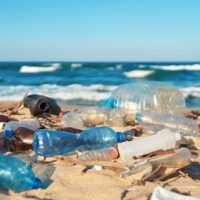Effects of Oil on Marine Life
Once oil makes its way into the environment, it poses a range of threats to marine life.
Animals coated by even small amounts of oil may be unable to swim or fly properly, maintain their body temperature, feed or even reproduce. Oil can also cover beaches and other vital habitats, making it difficult for animals to find uncontaminated food and nesting and resting places.
Some animals are more vulnerable to oil than others. For example, young may be less able to deal with either coatings or exposure to toxic substances than adults due to their size, underdeveloped immune systems and behaviors. Marine mammals, seabirds (especially penguins) and sea turtles are all particularly vulnerable to oil on surface waters as they spend considerable amounts of time on the surface feeding, breathing and resting.
Turtles and marine mammals are vulnerable to floating oil at all life stages as they do not appear to avoid oil slicks and they must inhale large amounts of air prior to diving. Turtles also feed in convergence zones, areas where air flows and currents meet, which tend to collect floating oil.
Fish embryos are also particularly vulnerable to oil exposure, even at extremely low concentrations of less that one part per billion. Consequently, even traces of oil pollution at levels often considered safe for wildlife can cause severe damage to fish. Animals that become coated in or ingest oil often die quickly. Large numbers of animals were killed immediately after the Exxon Valdez spill, including as many as 300 harbor seals, 900 bald eagles, 2,800 sea otters and 250,000 seabirds.
Exposure to oil can also result in non-lethal impacts, including liver and eye damage and skin irritations. While these effects may not cause immediate death, they can reduce survival rates by compromising an animal’s ability to find food and shelter, reproduce and avoid predators.



